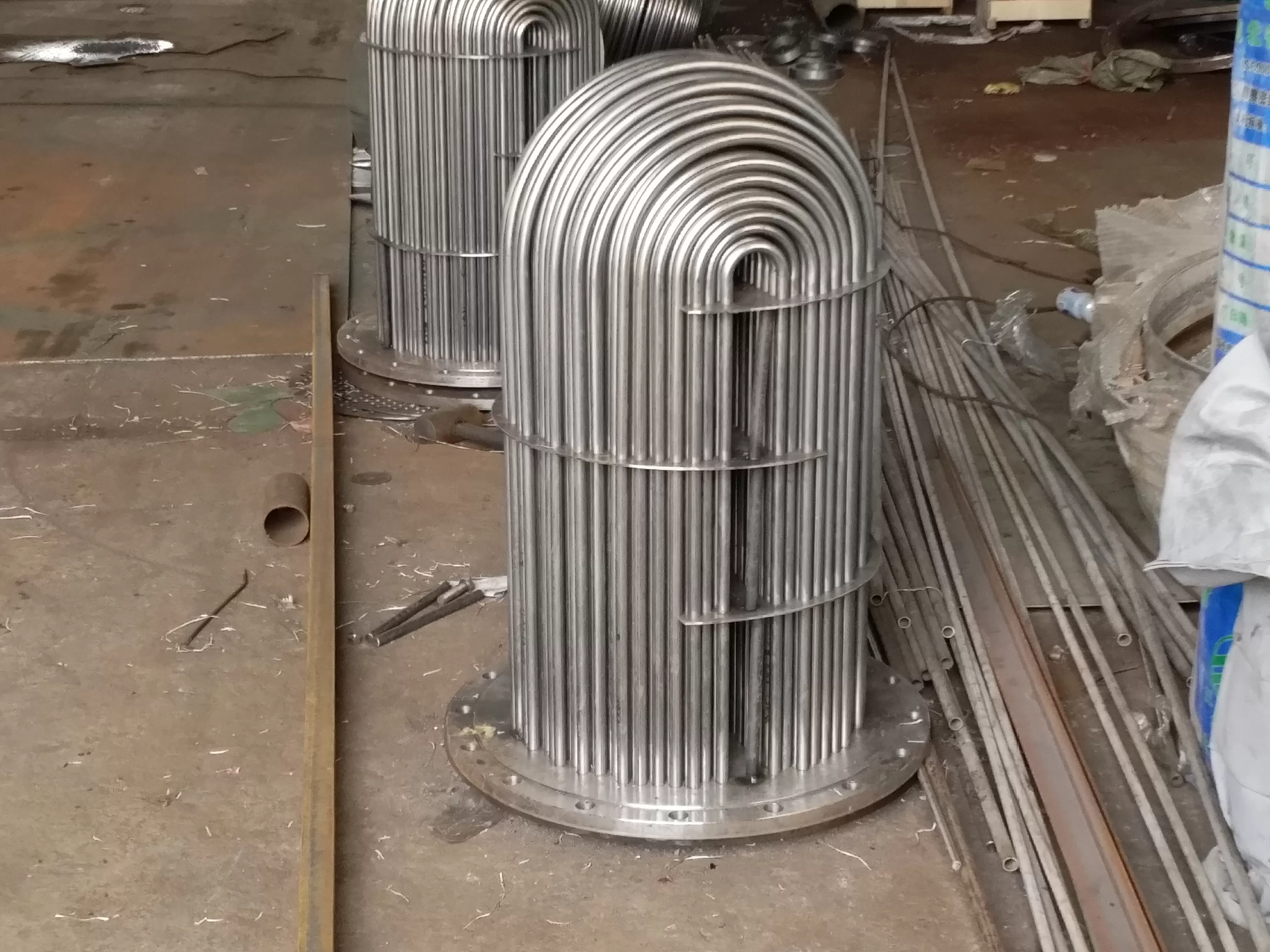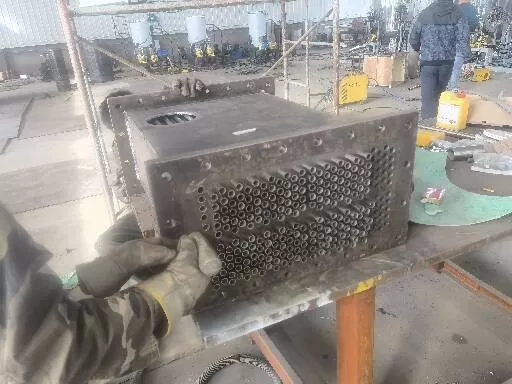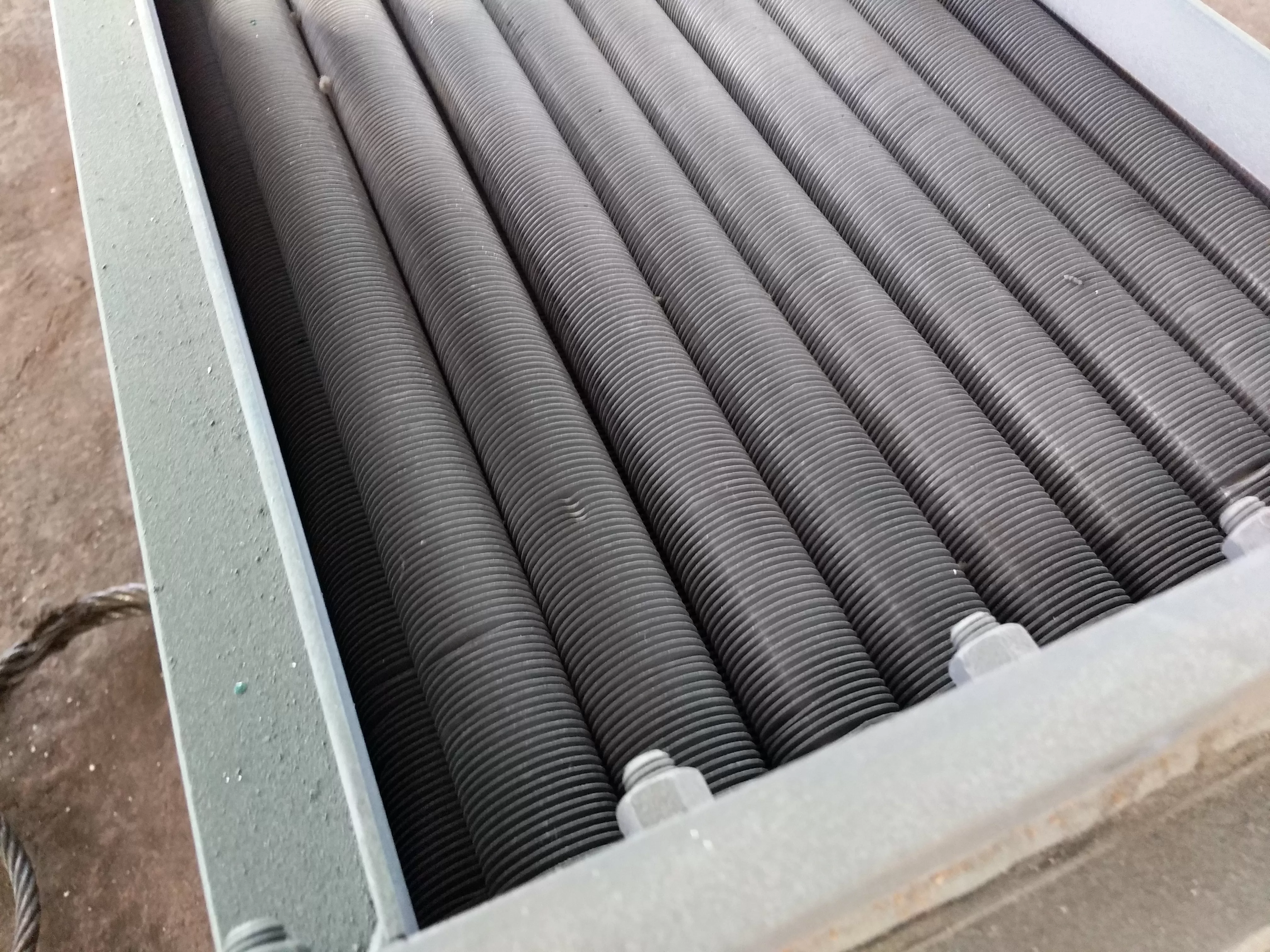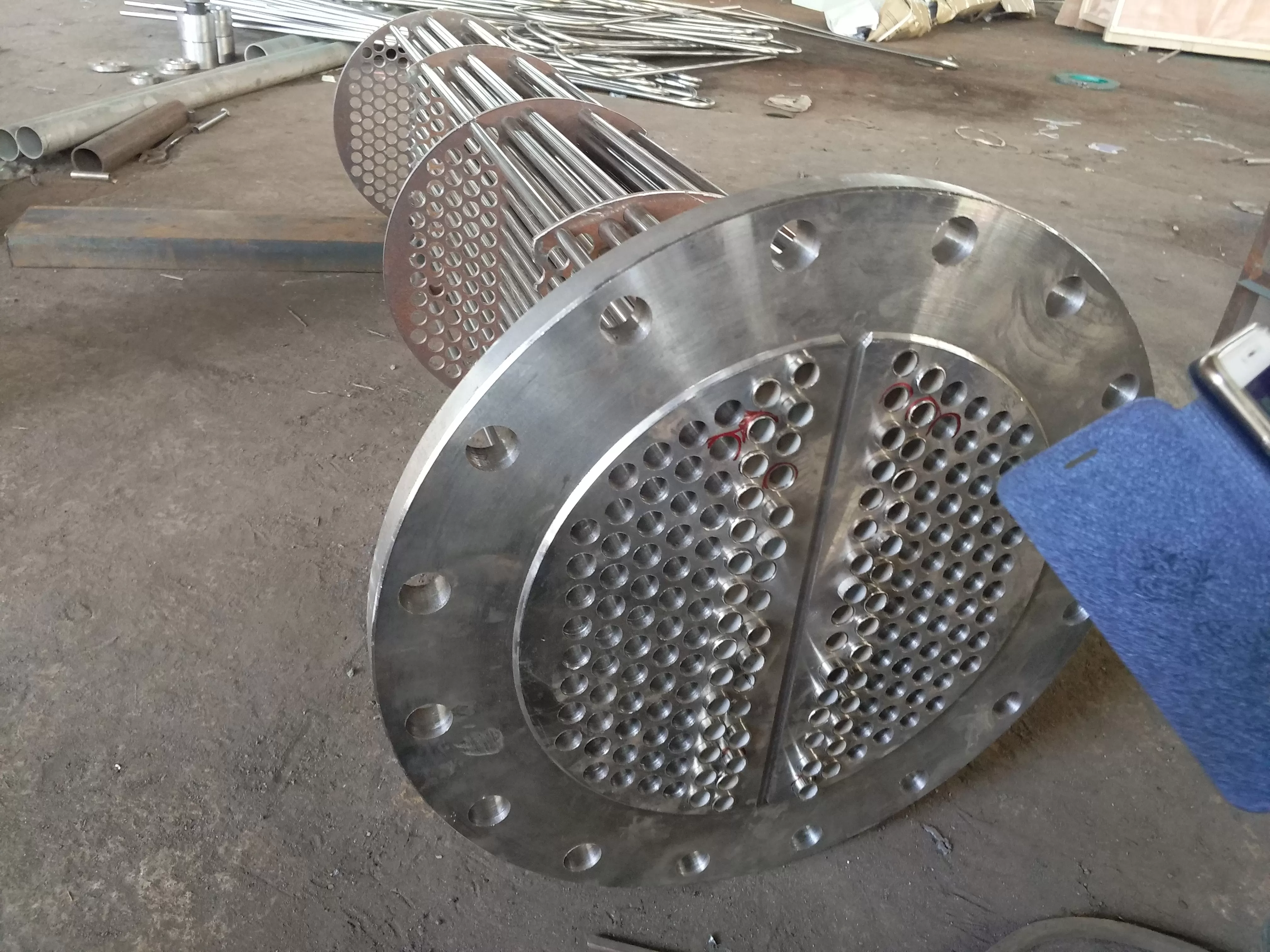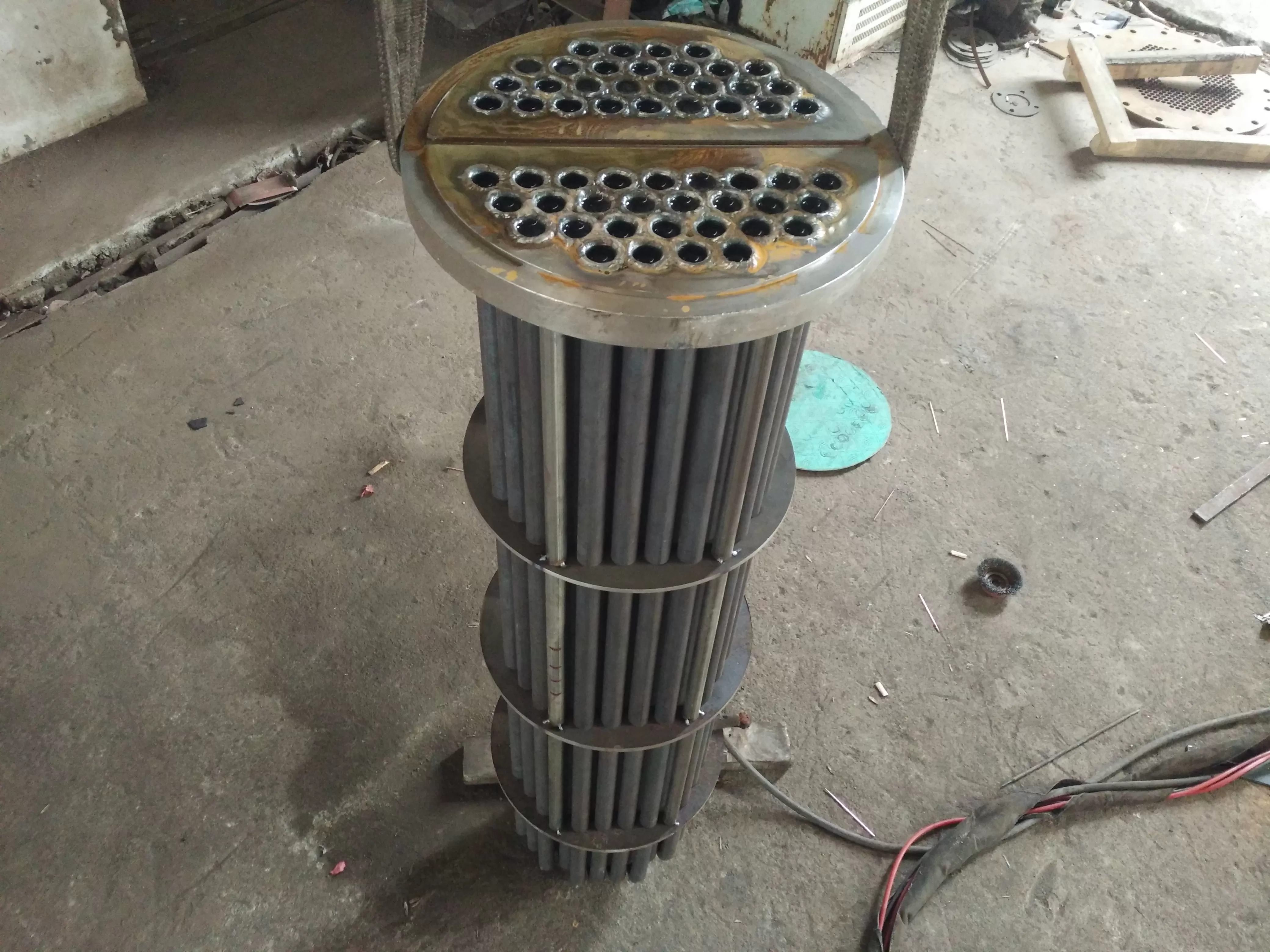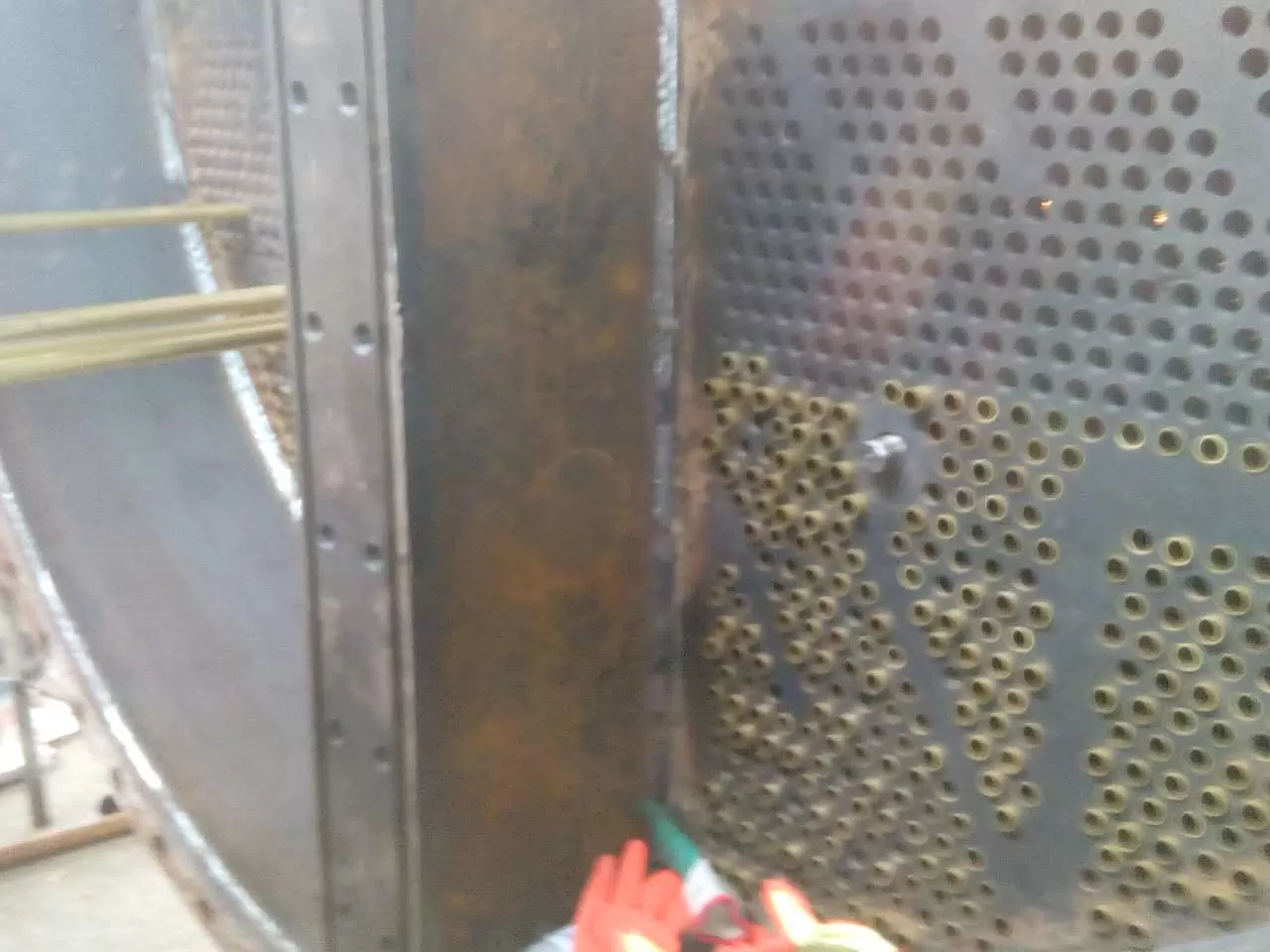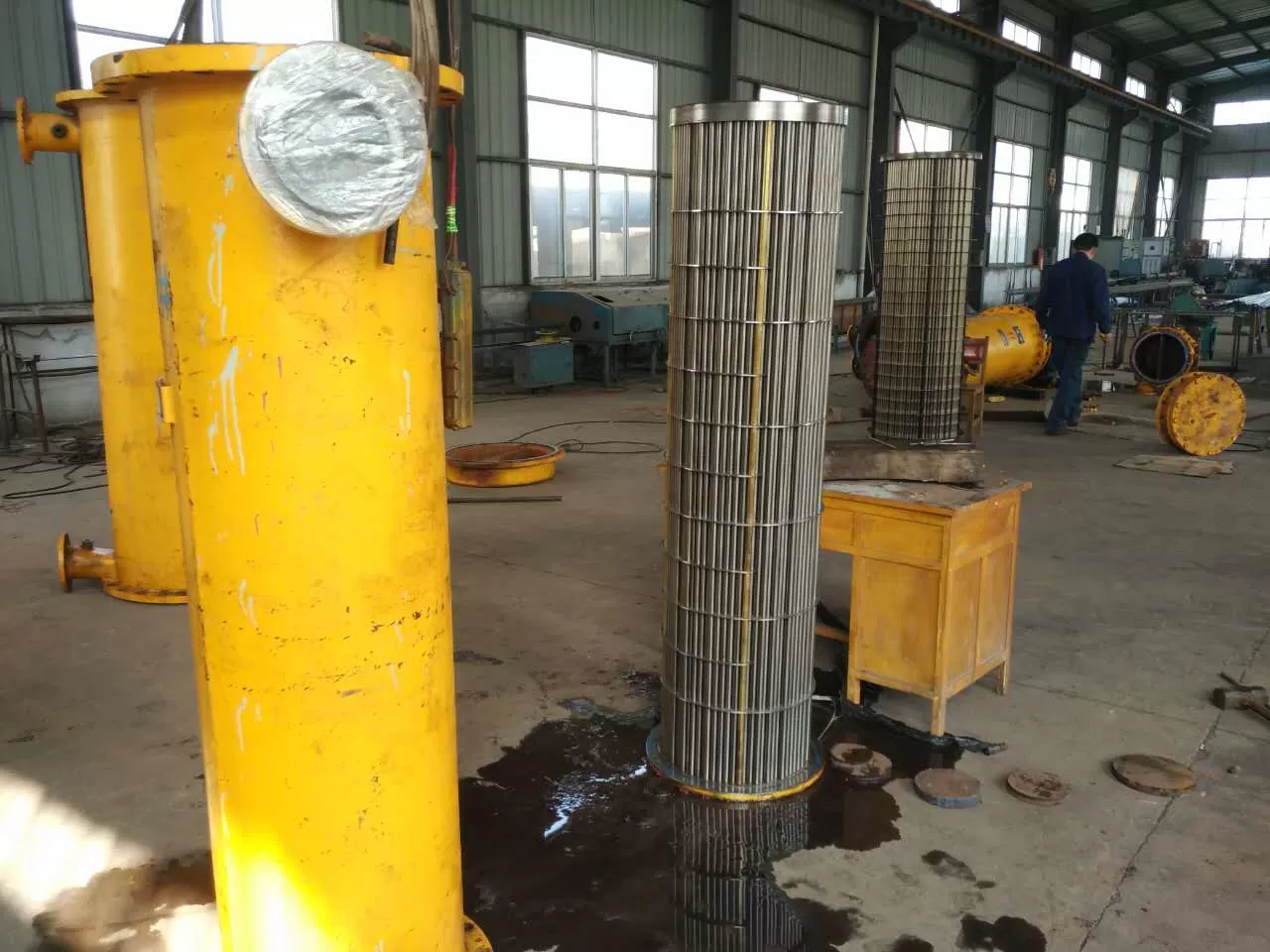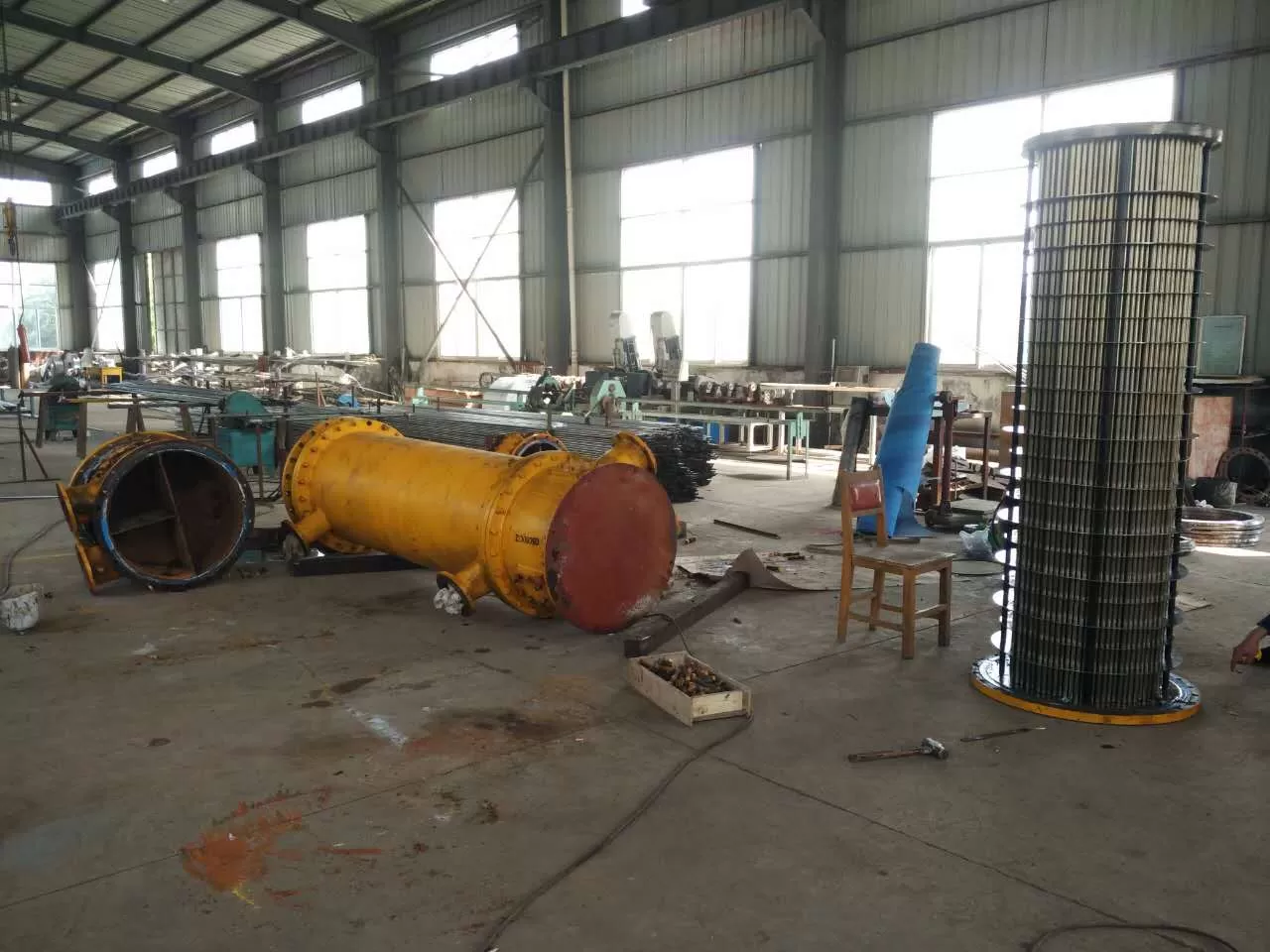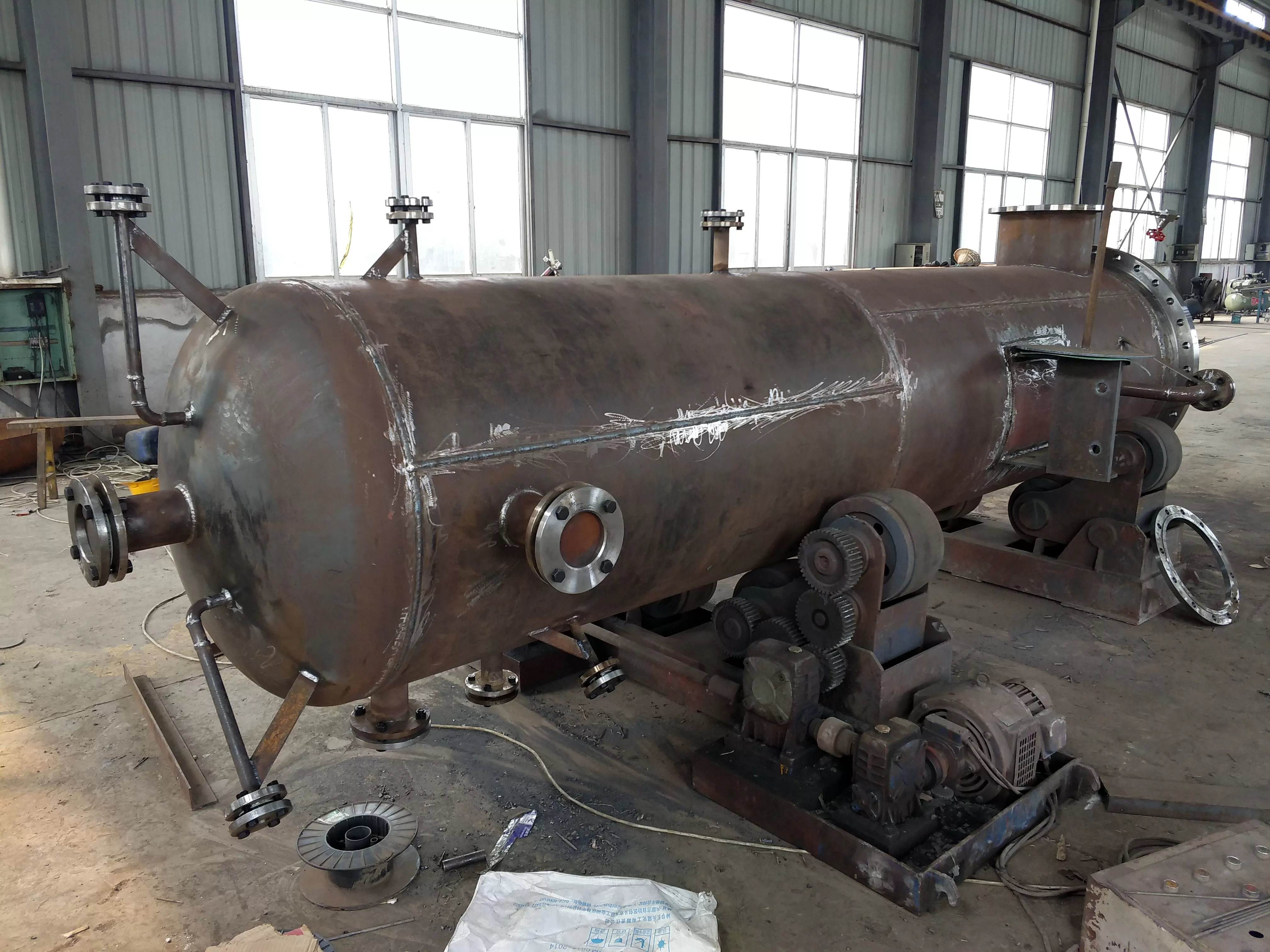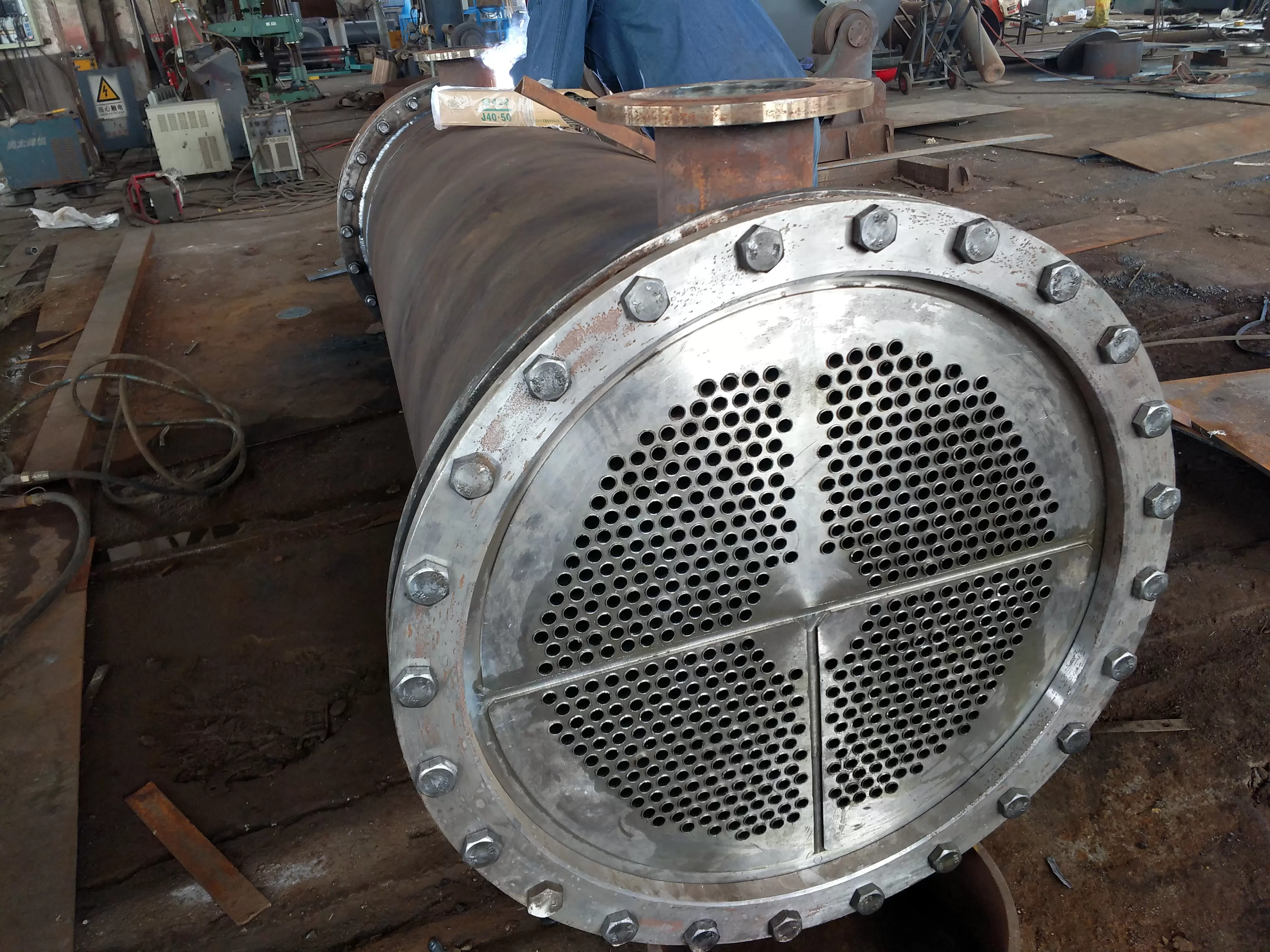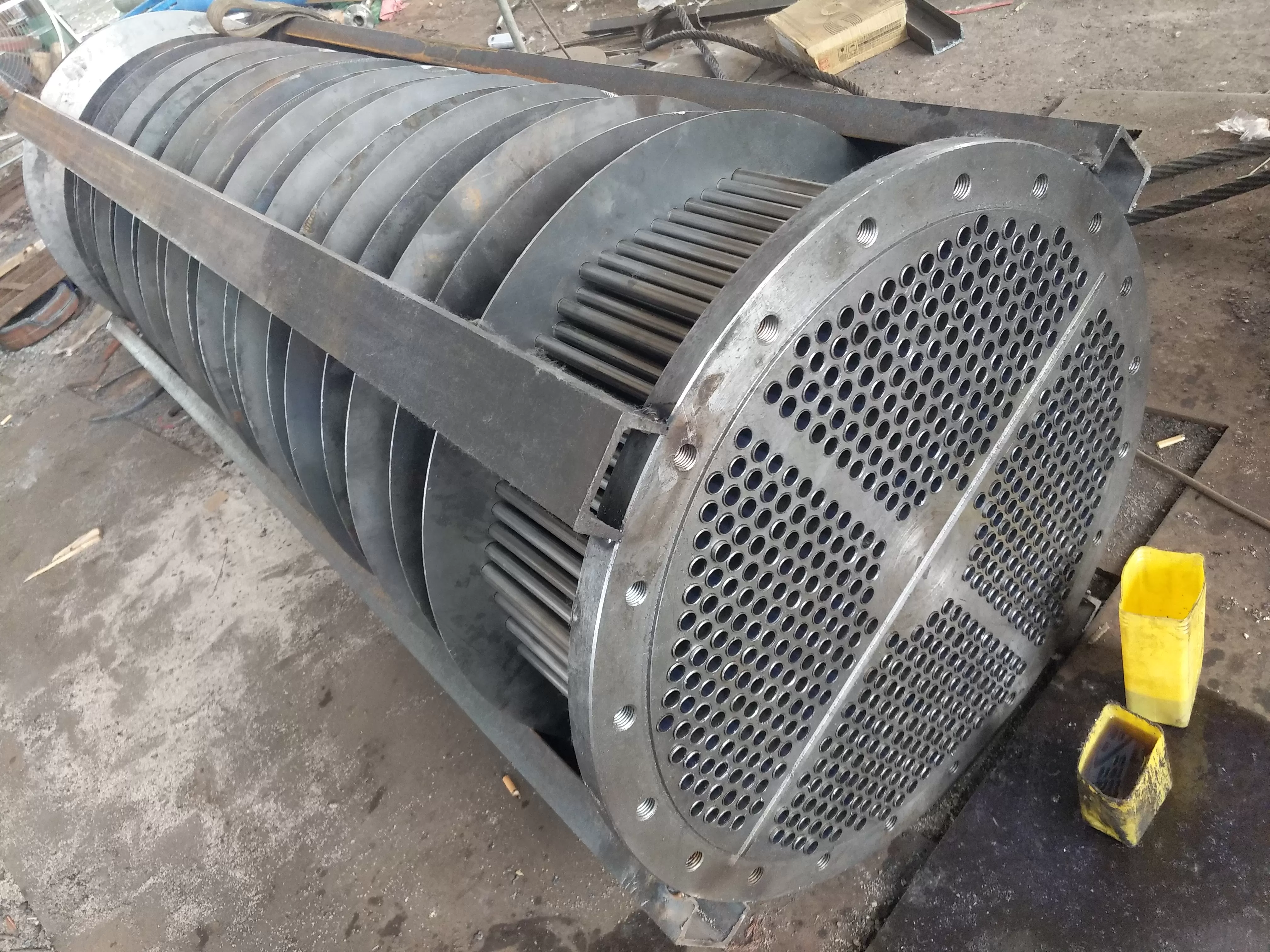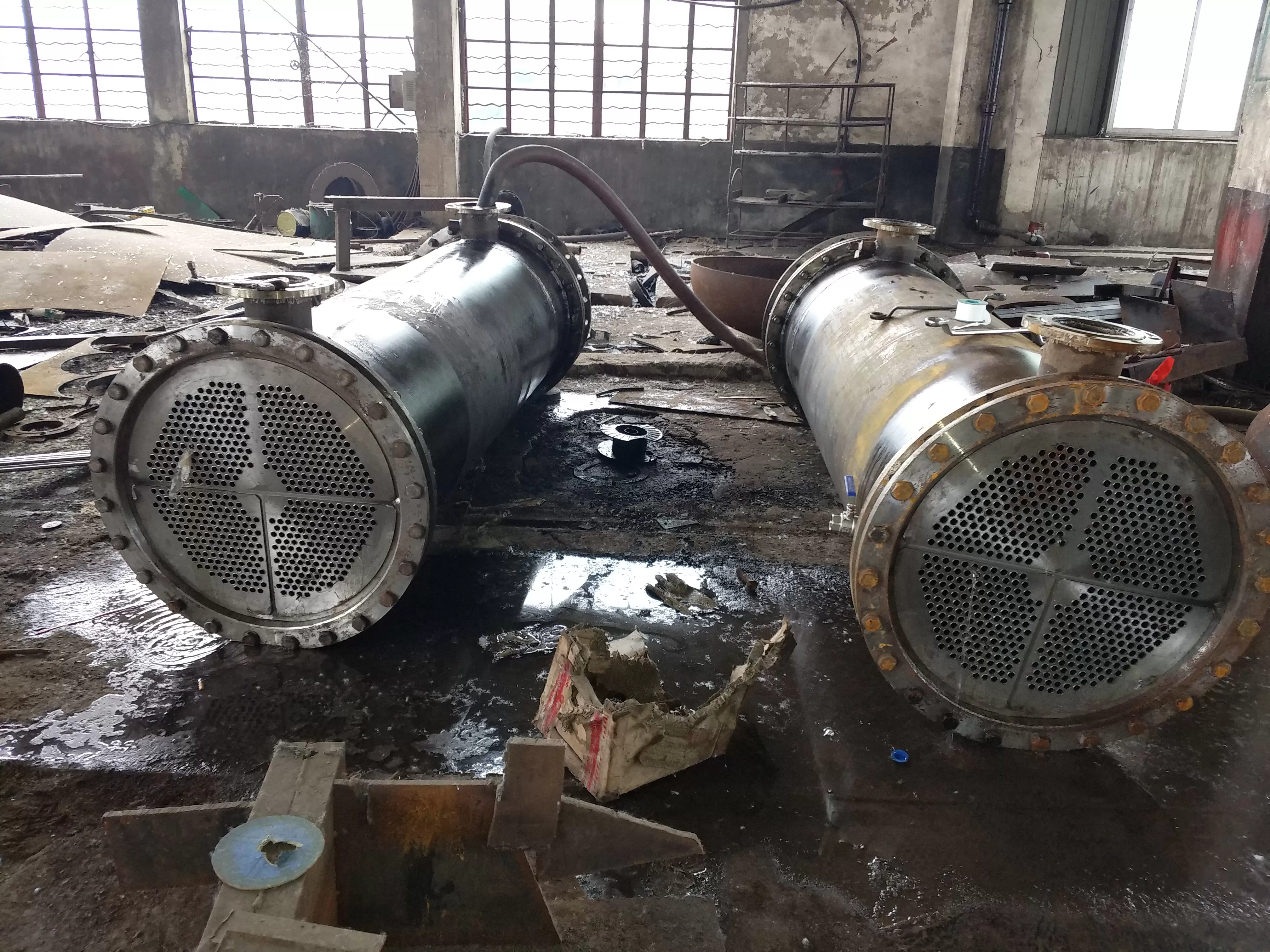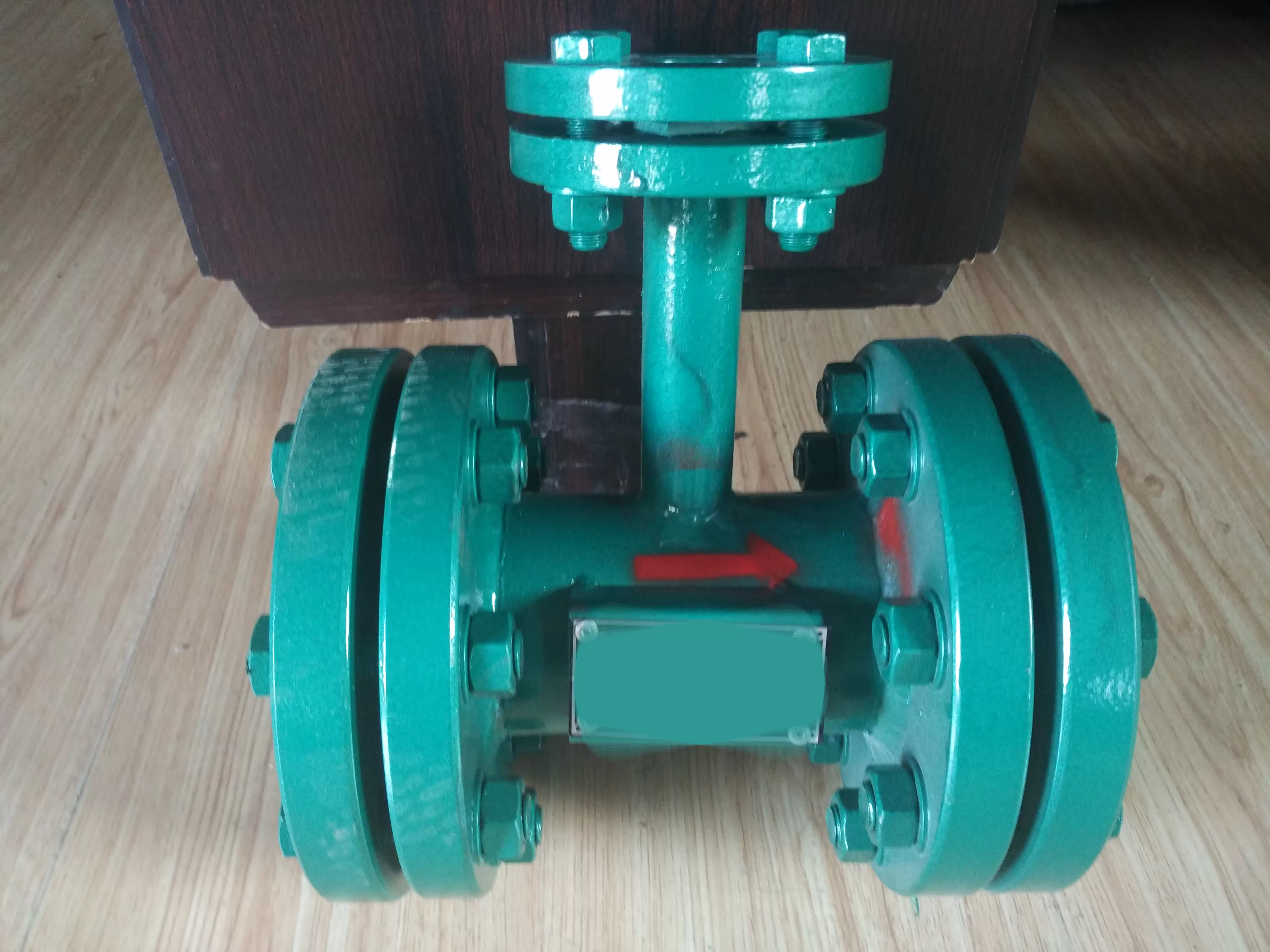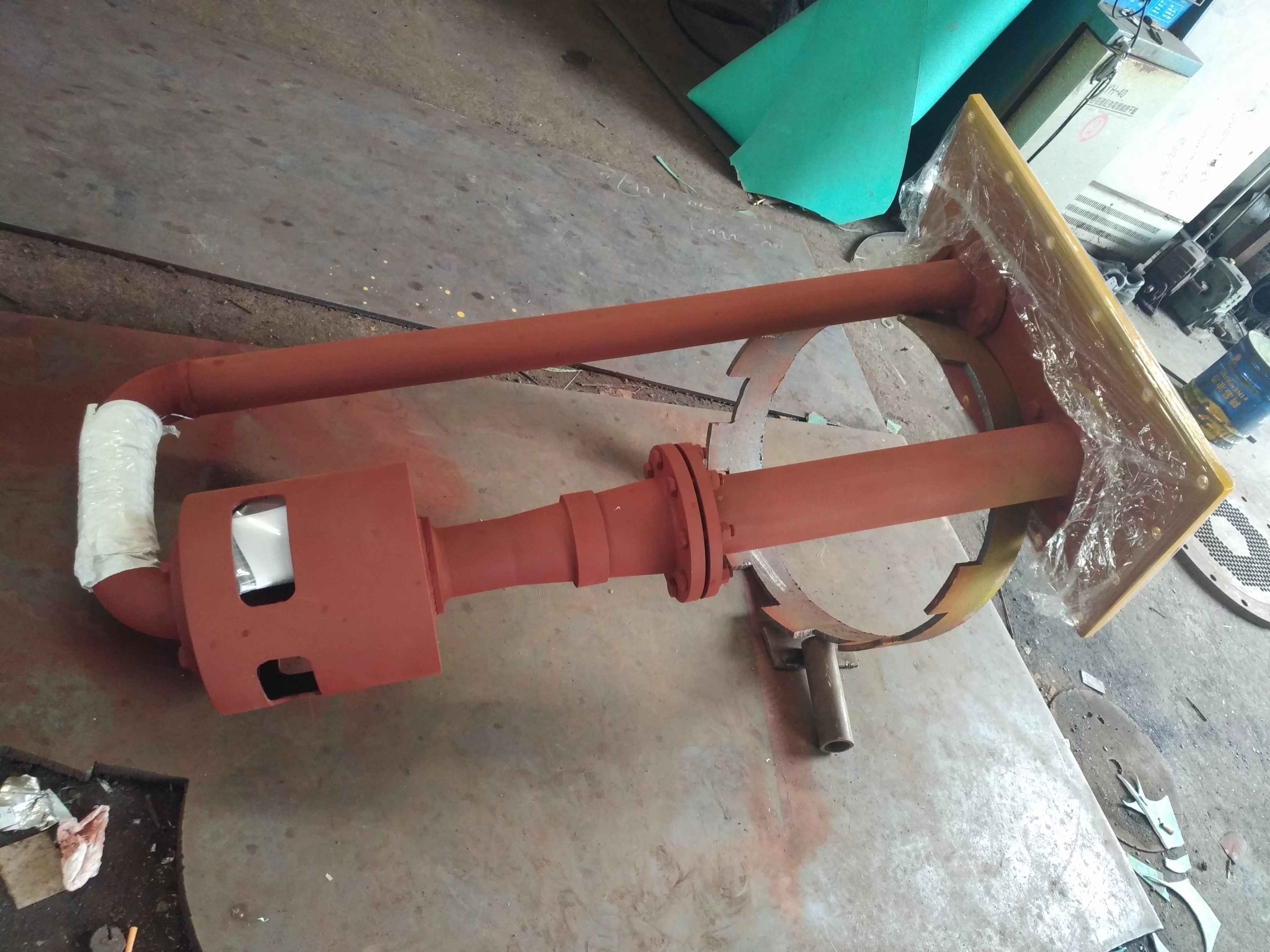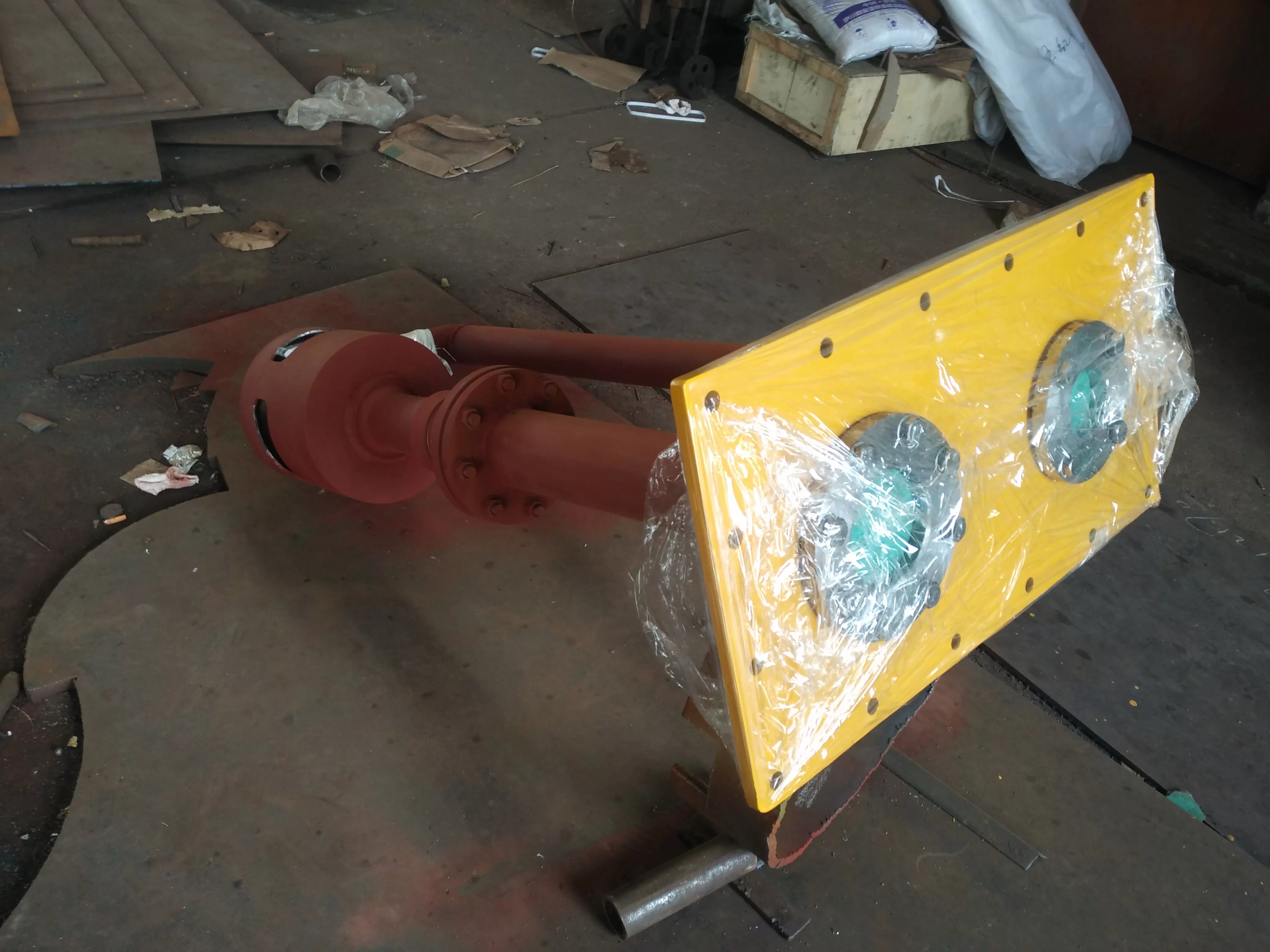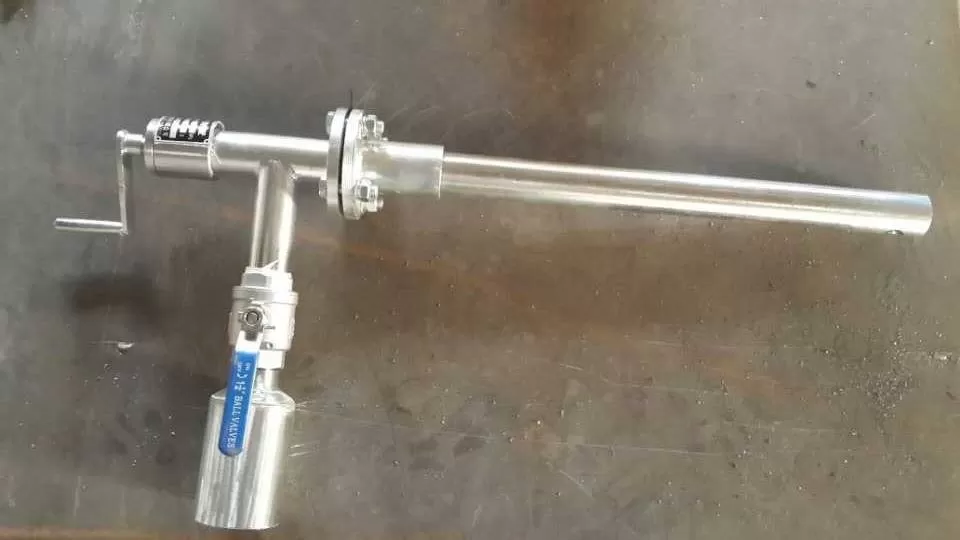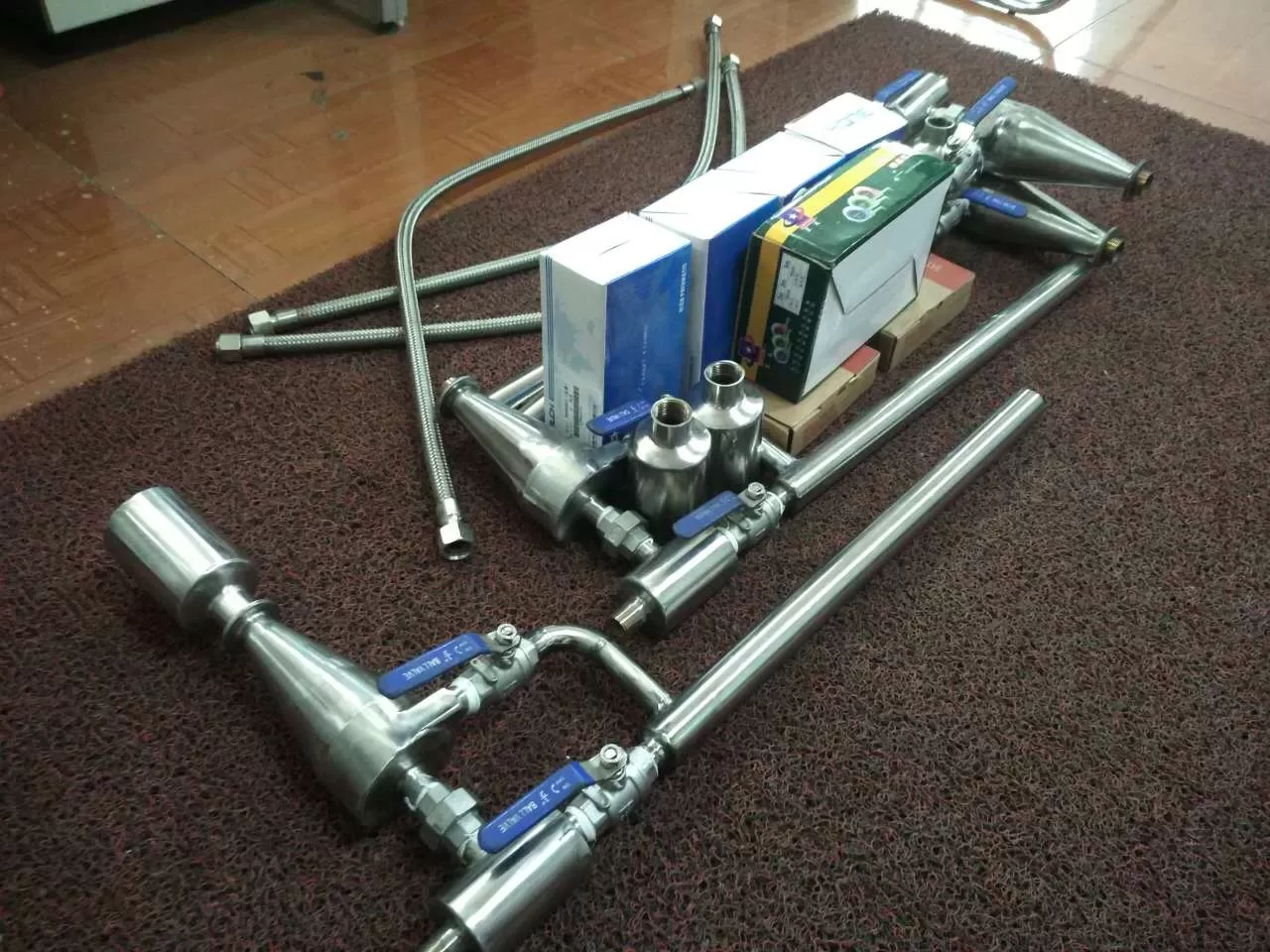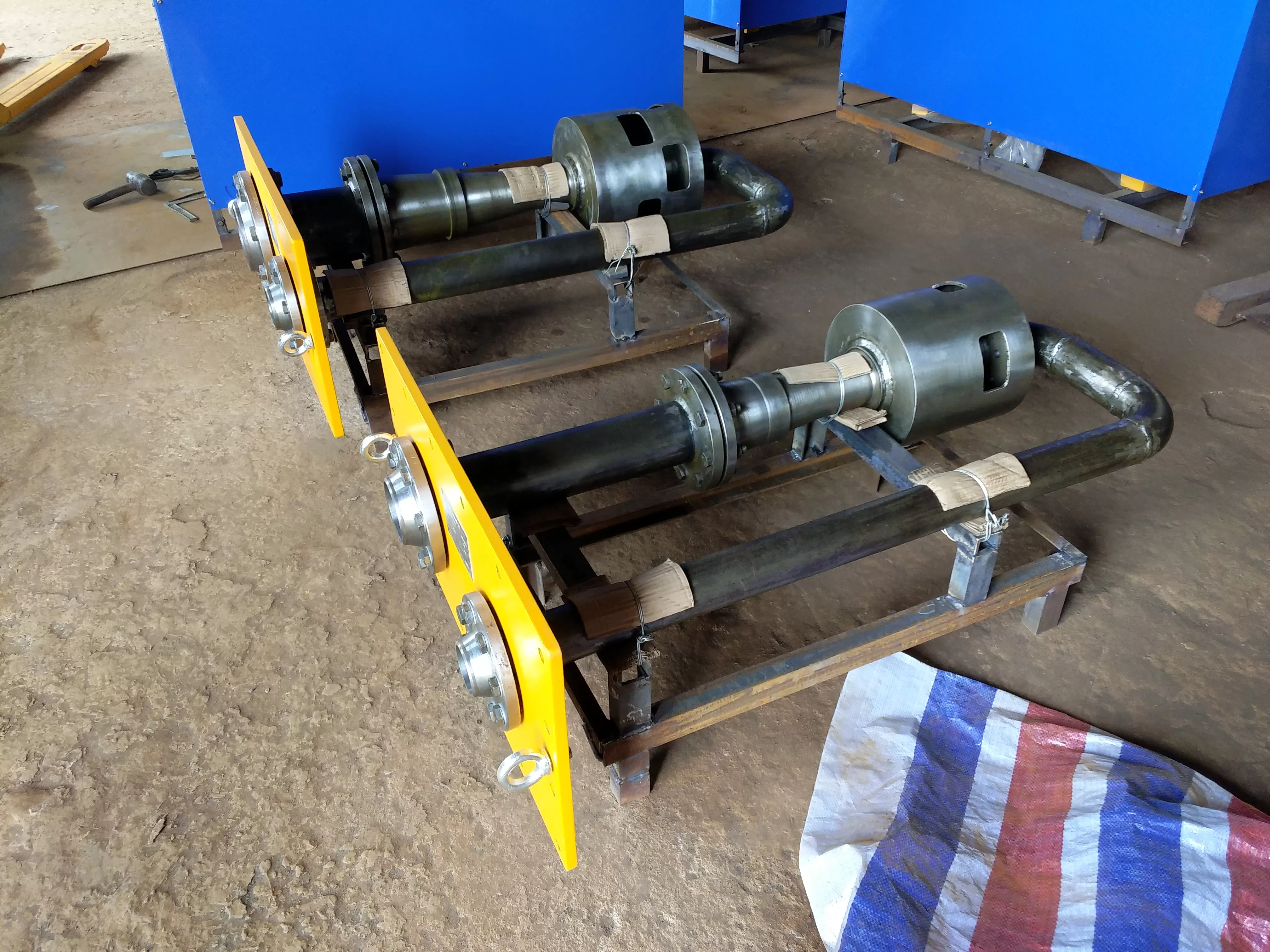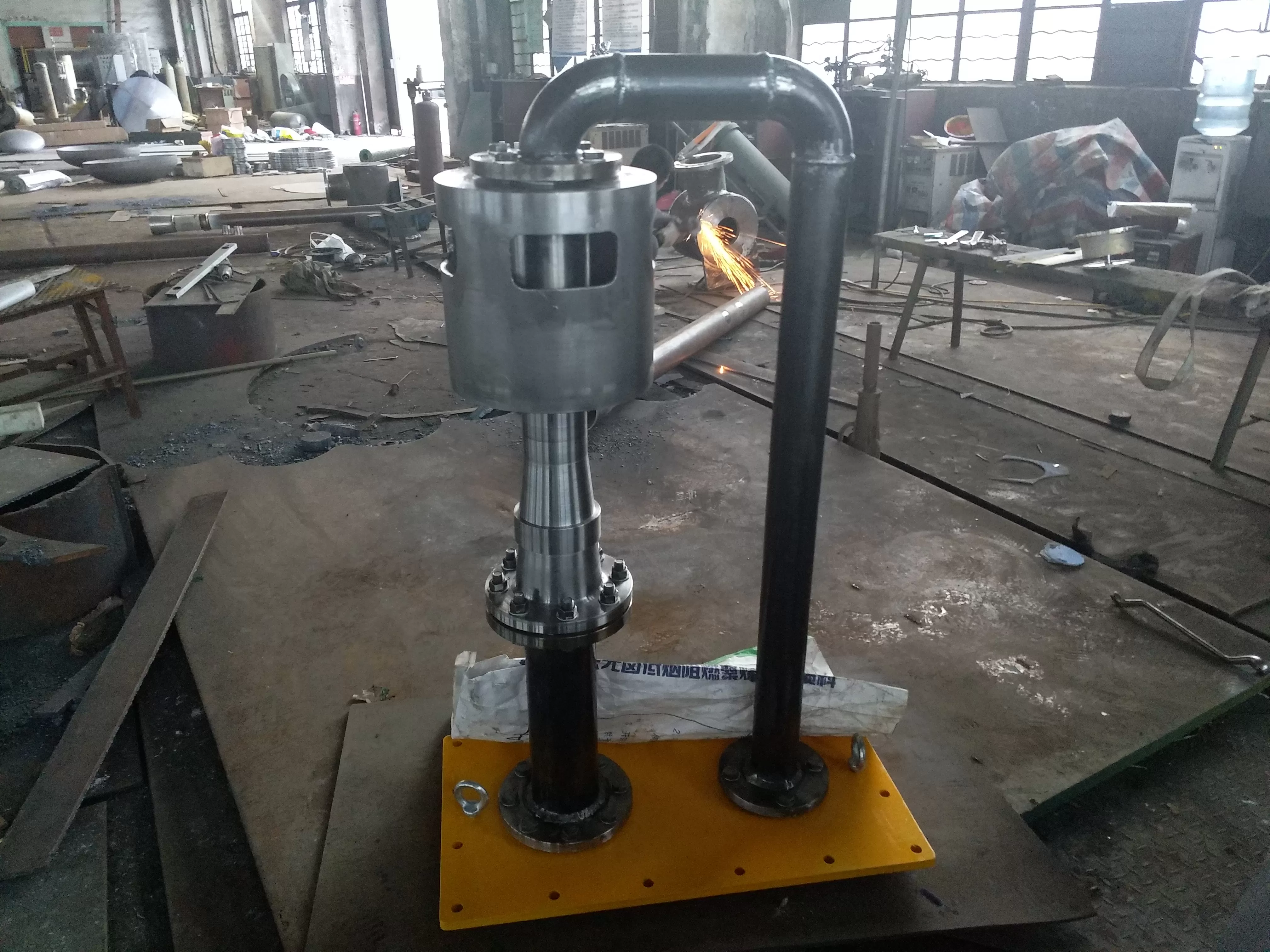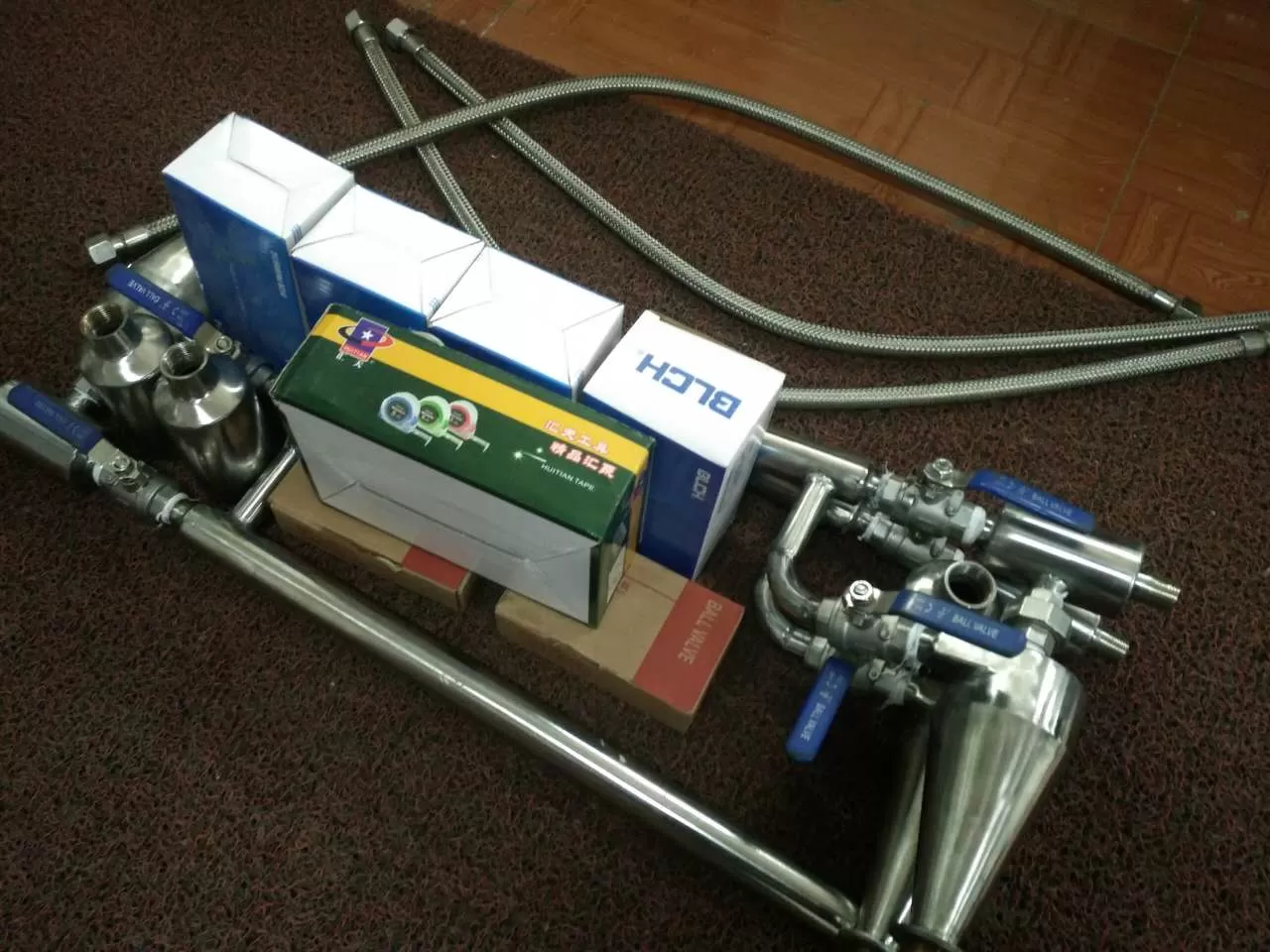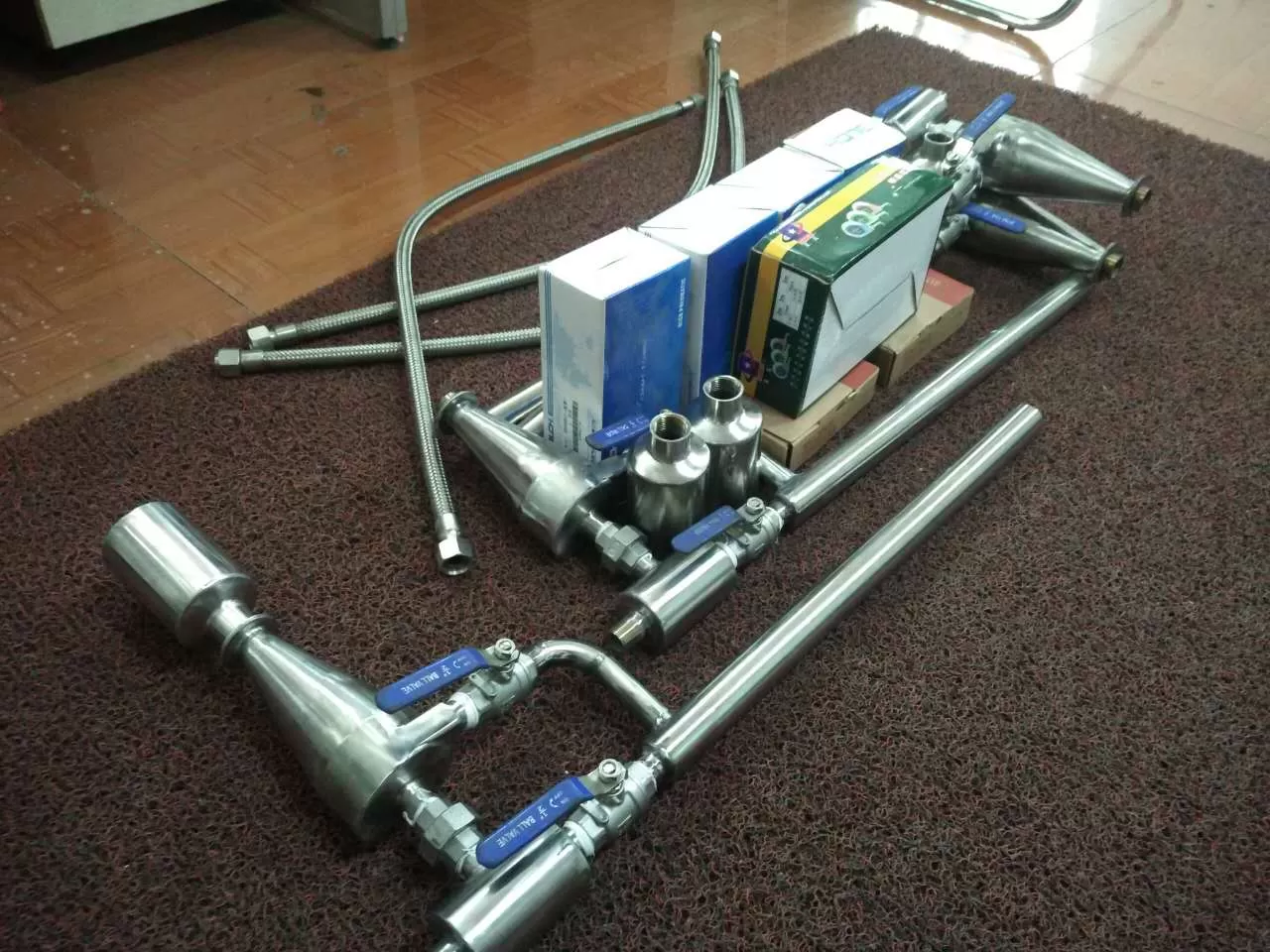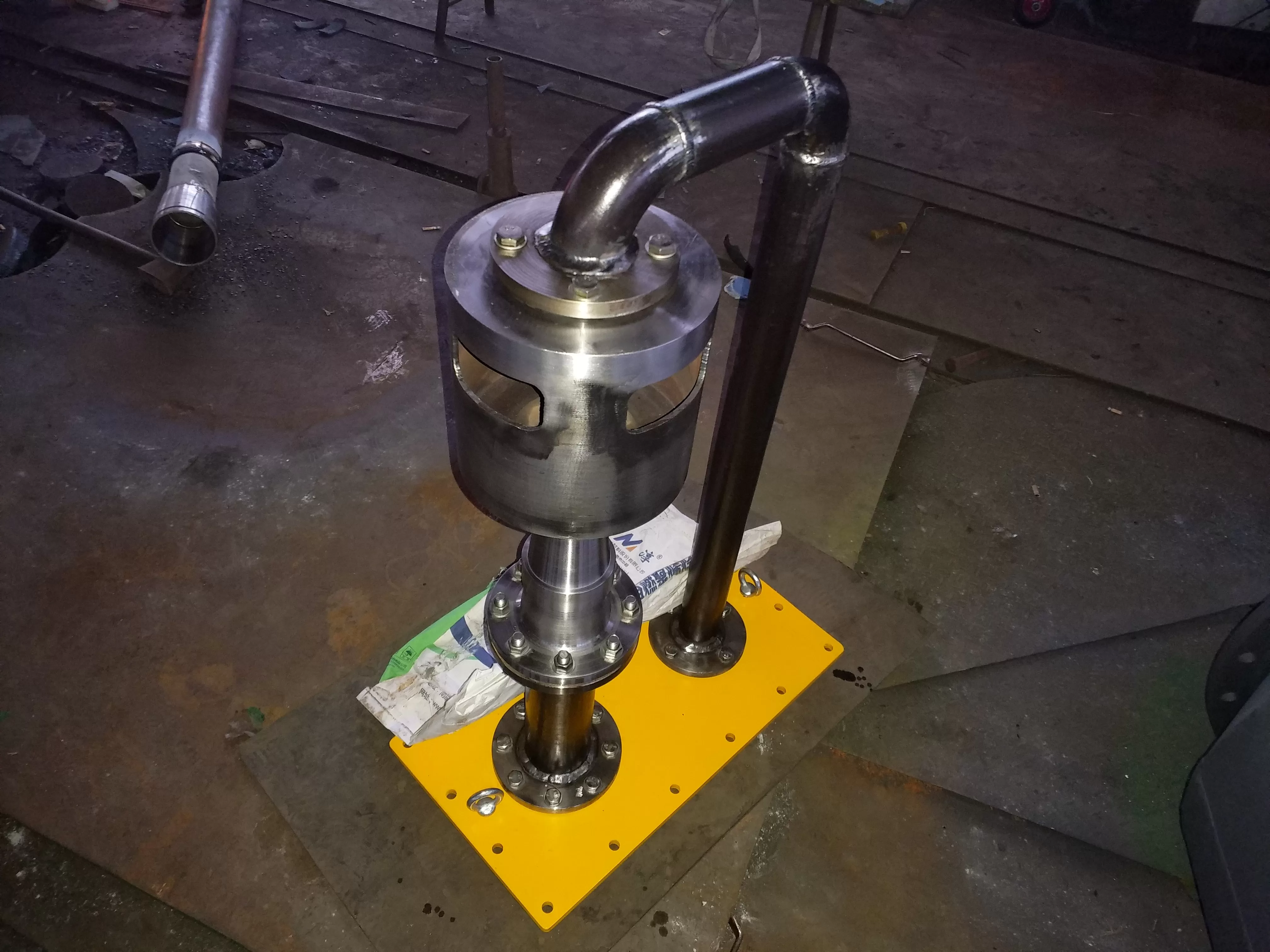The function of the oil injector in the lubricating oil system:
The system mainly consists of containerized oil tank, main oil pump, oil supply injector 1 # (also known as oil injector), lubricating oil injector 2 # (also known as second oil injector), AC lubricating oil pump, DC accident oil pump, overflow valve, oil cooler, switching valve, oil fume separator, shaft device, oil purification device, lubricating oil storage tank, lubricating oil transfer pump, oil hydrogen separator, low lubricating oil pressure breaker, set oil pipeline, electric heater Oil level indicator and connecting pipelines, monitoring instruments and other equipment.
Introduction to oil injector:
-The general unit is equipped with two oil injectors, which are divided into an oil injector and a second oil injector, also known as an oil injector. The second oil injector is installed below the liquid level in the lubricating oil tank, and when the unit is put into operation at or near the rated speed. The oil injector consists of a nozzle, a mixing chamber, a diffusion tube, etc. After the pressure oil from the main oil pump passes through the nozzle, the oil velocity increases and forms a low-pressure zone in the chamber. The oil in the tank is pumped into the injector chamber, and then it is carried by a high-speed oil belt into the diffuser throat. The velocity decreases in the diffuser and is converted into pressure energy. Then, through an oil cooler, it is sent through a pipe to the bearing manifold and the main oil pump suction port. Diffusion - equipped with a rocker check valve at the back to prevent oil from flowing back from the system. A check plate is installed on the surface of the oil tank in the chamber to prevent backflow into the oil tank during the operation of the bearing oil pump. To prevent foreign objects from entering the oil injector, a detachable perforated steel plate filter screen is installed on the oil suction side of the injector. The oil injector is one of the essential equipment in the lubricating oil system of the steam turbine generator set. In the lubricating oil system of the steam turbine generator set, the oil injector equipment can be divided into oil supply injectors and lubricating oil supply injectors according to its working purpose. Its working medium is L-TSA 32 turbine oil, with a working oil temperature of 45 ℃~65 ℃. When the unit reaches or approaches the rated speed, it is put into operation.
1. Fuel injector:
During normal operation of the unit, sufficient oil is provided to the main oil pump, with a portion of the pressure oil at the outlet of the main oil pump as its power oil.
2. Lubricating oil injector:
During the normal operation of the unit, lubricating oil is provided to the bearings of the steam turbine generator set, and its power oil is still part of the outlet of the main oil pump.
The installation of oil injectors requires attention to the following two aspects:
1. Assembly and installation:
The installation of the oil injector and its impact on energy are different. When installing the nozzle of the oil injector and lubricating oil injector, the nozzle bracket and inlet pipe flange must be tightened to ensure high-pressure oil leakage. The flatness and smoothness of all adhesive surfaces should be -.
2. Maintenance and upkeep:
When the oil injector is transported to the site after leaving the factory, if it is not immediately put into use, it needs to be repainted and sealed for protection. If it cannot be installed or filled with oil within two months of arriving at the site, it should be installed. The oil injector must be disassembled and inspected to remove rust and dirt. During the overhaul of the unit, the oil injector needs to be disassembled and inspected, and the nozzle should not be inspected. The surface roughness of the spray hole should reach the surface roughness (arithmetic mean of the contour deviation within the sampling length) R α The upper limit value is 3.2 microns. If there are any scratches or indentations, they need to be replaced.
Reasons for insufficient output of the oil injector:
1. Insufficient surface smoothness of the inner hole of the nozzle throat of the oil injector:
If the surface of the inner hole of the nozzle throat of the oil injector is relatively rough, it will increase the fluid flow resistance and affect the operation of the oil injector. Therefore, it is necessary to make the inner hole of the nozzle smooth and reduce the liquid flow resistance.
2. Throat diameter is too small:
The diameter of the throat of the oil injector is too small, and the flow area decreases, which affects the flow rate of the oil injector. By expanding the diameter of the expansion pipe throat and increasing the critical flow rate of the oil injector, the operation of the oil injector can be kept away from the critical flow zone, and the energy curve can be smoothed.
-Outbound potential
Possible faults and methods that may occur during the operation of the oil injector:
Solution to the cause of the malfunction
Ejector outlet - Flow rate - Pressure nozzle blocked or pressure oil (power oil) pipe ruptured - Check the tightness of the nozzle and power oil pipe--
The outlet flow of the oil injector is small, the pressure is low, and the filter screen is blocked or the lubricating oil pipe is leaking. The oil consumption is too high. Clean the filter screen and check the lubricating oil pipe
High outlet pressure system of oil injector - low oil consumption
The vibration of the oil injector is severe, and the noise is obvious. If the oil level is insufficient or the filter is loose, the filter is blocked and the oil level is raised. Check the filter
Cleanliness of oil injector -
Oil injector installation - should be cleaned and rechecked. The inner and outer surfaces of the oil injector should meet the requirements of JB/T4058-1999-Clean-2, and any rust should be immediately removed.
operational principle
Working principle of oil injector:
Using a small amount of lubricating oil as power, inhale a large amount of oil to supply the lubrication system and main oil pump with oil at a certain pressure. The nozzle of the oil injector is connected to the outlet of the main oil pump that provides power oil. High pressure oil leaves the nozzle at a high speed and enters the expansion pipe, forming a negative pressure at the nozzle mouth. Under the action of the negative pressure, the oil in the oil tank enters the joint chamber of the injector through the filter screen, and together with the ejected injection oil, enters the expansion pipe. The kinetic energy of the oil in the expansion pipe is converted into pressure energy.
Ejector - Repair:
1. Remove the fastening bolts and remove the nozzle, oil chamber, and expansion pipe of the oil inlet pipe.
2. Clean and inspect the above components. The nozzle and diffusion tube should be smooth, with no punctures or severe rust, and there should be no debris in the oil chamber.
3. Measure the distance between the nozzle and the diffuser, the diameter of the nozzle and the throat of the diffuser, and make a record. Decorate and maintain the original dimensions above.
4. After reinstallation, the bolts should be tightened reliably.
Ejector structure -
The oil supply and lubricating oil injector are completely identical in structure, mainly composed of orifice nozzles, diffusion tubes, sleeves, filters, etc. Pressure oil is sprayed out at high speed through a nozzle, forming a certain negative pressure in the suction chamber. The turbine oil in the tank flows into the injector under the action of pressure difference, and enters the diffusion pipe under the entrainment of high-speed power oil. By fully integrating the power oil and suction oil in the diffusion pipe, the required pressure and flow values are achieved.
technical parameter
Specification parameters of oil injector:
The appearance of the oil supply injector and the lubricating oil supply injector are completely identical, and it is difficult to distinguish them from each other in appearance. Therefore, attention should be paid when installing them. The difference method is to install the product logo at the diffusion pipe of each injector, which is written as "I" and "II" respectively. "I" represents the oil supply injector, "II" represents the lubricating oil supply injector.
Fuel injector model description:
Assuming model:
Fuel injector model: SYQ-I-1.96/0.098
Lubricating oil injector model: SYQ-II-1.96/0.294
Model Explanation: SYQ - represents the name of the oil injector, "I" represents the oil supply injector, also known as the oil injector, "II" represents the lubricating oil supply injector, also known as the second oil injector, 1.96 represents the design inlet pressure, 0.098 and 0.294 represent the outlet pressure.
Approximately internal dimensions of the oil injector:
Oil supply injector diffuser throat? The diameter is Φ 76mm, nozzle hole size is 5- Φ 9.6mm; The diameter of the diffuser throat of the lubricating oil injector is Φ 70mm, nozzle hole size is 5- Φ 11.8mm.
Instructions for ordering oil injectors:
1. Design inlet pressure - less?
2. Working oil level?
3. Oil absorption capacity?
4. Export oil volume?
5. Export pressure?
6. What is the size of each joint?
